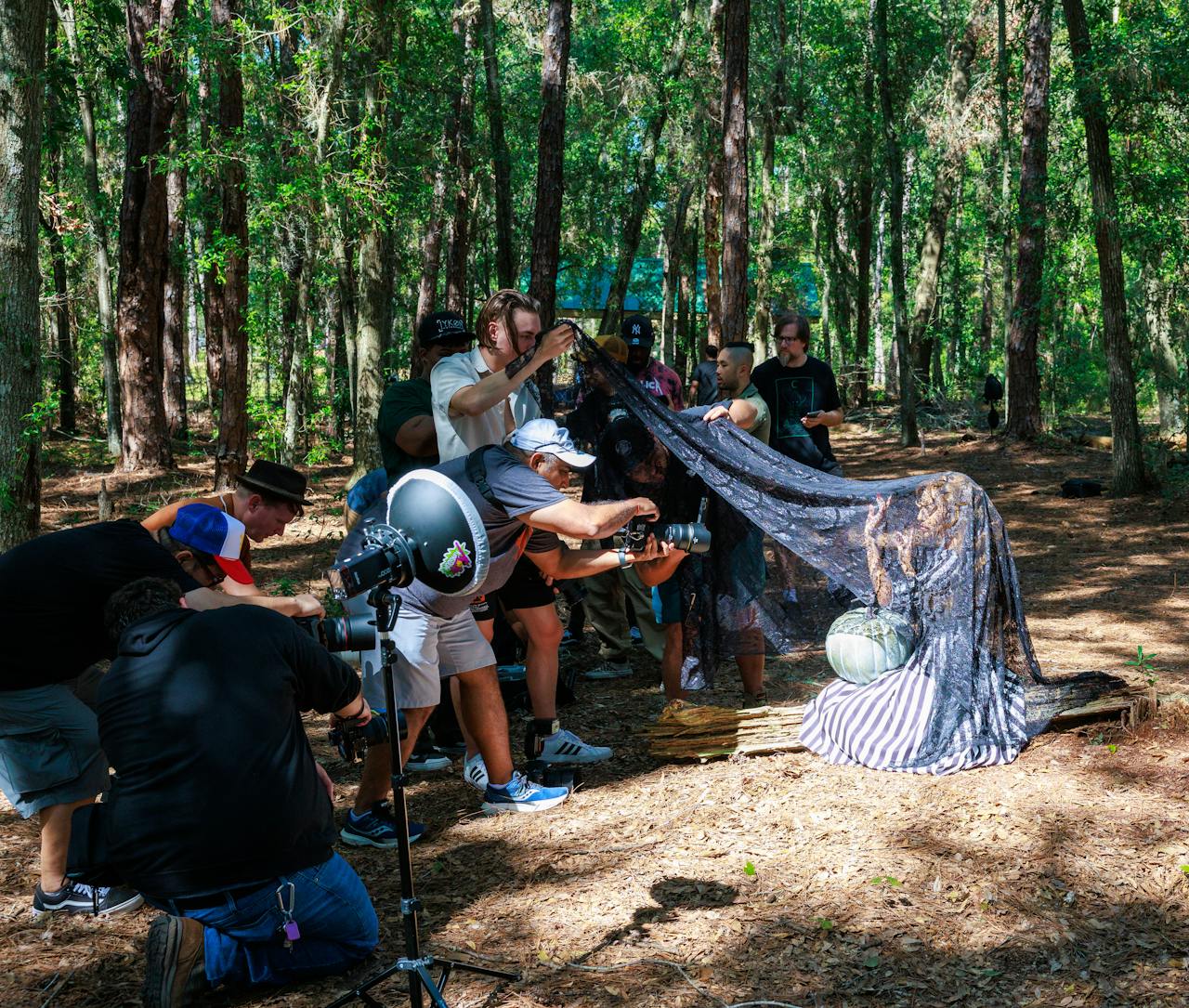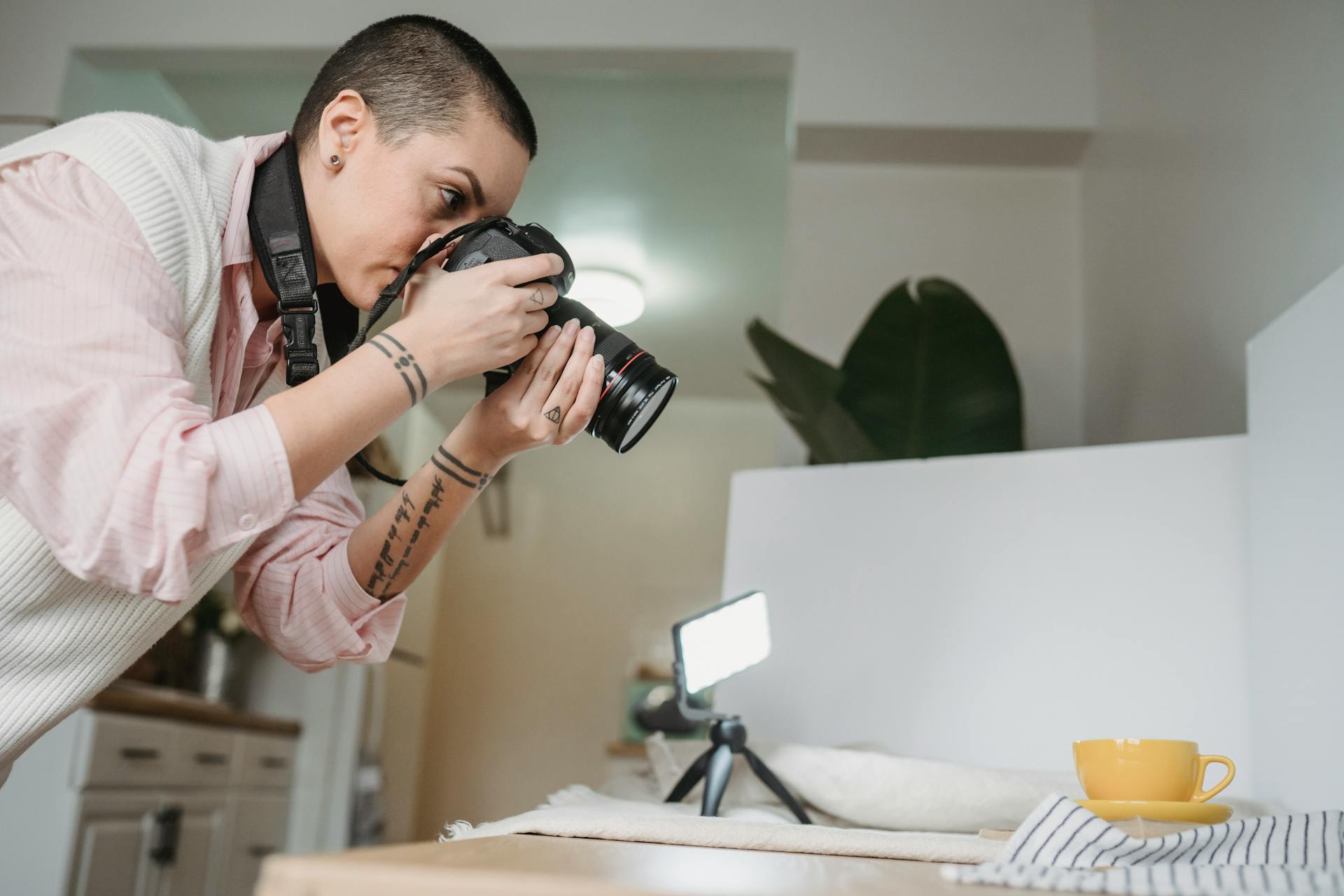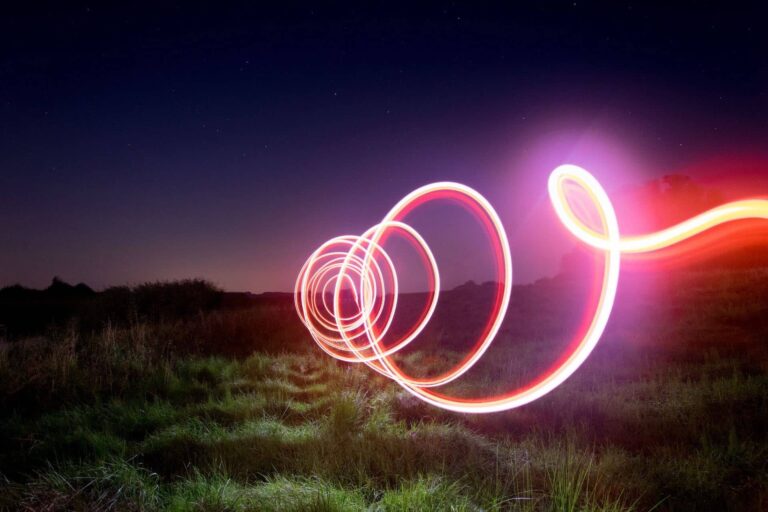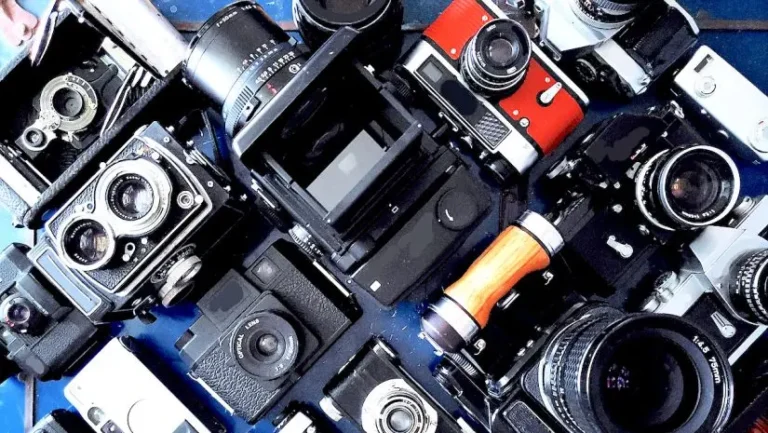Understand Your Equipment
The first step to photography is to know your camera inside out. Regardless of whether you have a DSLR, a mirrorless, or a smartphone camera, the knowledge of the essential settings, such as the aperture, the shutter speed, and the ISO, is the basis of great photography. Aperture is used to determine the depth of field and it is up to you to determine what area of your image will be in focus. Shutter speed Manipulation of motion The fast speed freezes motion, whereas the slow speed forms motion art motion blur. The ISO changes the sensitivity of your camera to light, it assists in low light scenarios but may add grain at the higher settings. Test each setting to examine the corresponding effect on the results in order to make every single click a deliberate decision.
Harness the Power of Lighting

Light is the spirit of photography, which defines the tone and sharpness of each image. Golden hour – This is the time just after sunrise or just before sunset with warm gentle tones, which are best suited to both portraits and landscape. Shameless daylight is to be avoided at midday time, as it causes unwanted shadows and glare. Shooting indoor or at night, there is nothing to be afraid of artificial light, but use reflectors, diffusers or even small lamps to get a balanced light. In portraits, use the fill flash technique in the open air to eliminate the shadows on the faces. Knowing how to play with light enables the photographer to bring depth, texture and emotion even in the plainest scenes.
Composition Is Key
An average shot is turned into a masterpiece in a good composition. The most common is the rule of thirds, the rule is to assume your picture is divided into nine parts, and the two horizontal and two vertical lines. Display important subjects along these lines or the crossing to get balanced photos. Take it a step further and experiment with leading lines, symmetry and framing so as to guide the viewer focus. Make it simple and eliminate distractions and center the subject. Watching to the periphery of your frame helps you not to have unnecessary intruders who get into the frame and seize attention. Reflective writing makes each picture deliberate and narrating.
Capture Emotion and Movement

Photography is not merely technical, but emotional story telling with pictures. Superior pictures attract emotions: the exultation of a smile, the serenity of the waves or the passion of movement. The best way to get the emotion is to watch the expressions of your subject and the environment. To capture moving objects such as sportsmen, pets or urban life, test out the speed of the shutter. Quick shutterfreezes the action with sharp details whereas slow shutter pans can blur the background to create a sense of movement. Patience and waiting until the right time- the time is the thing that most of the time lies between a snapshot and a dramatic photograph.
Practice Patience and Perspective
All great art works start with waiting and watching. Rotate your subject- alter your height, angle, and distance. The shots, which are the best, are often seen in unexpected angles and not necessarily the first angle that you see. Look at your photos as you are shooting and edit in real time instead of editing later. Photography is a process of growth by experimentation, hence trial and error.
Final Thoughts
Learning to be a photographer is a continuous process and it involves both artistic and technical accuracy. Once you know about light, composition, and emotion, each frame is going to come with a different story. Always do not give up, go out there and explore and above all, shoot with passion, the right time to capture the shot is always available.



